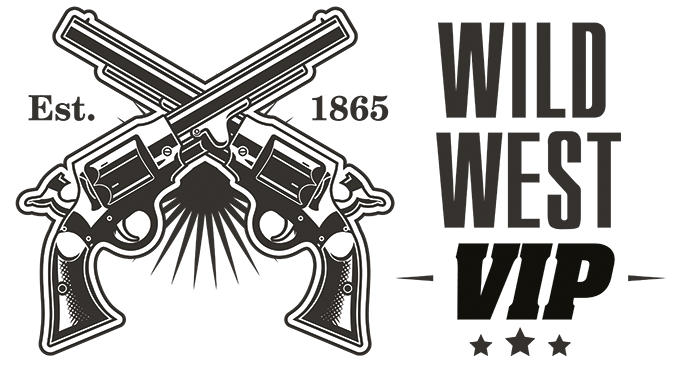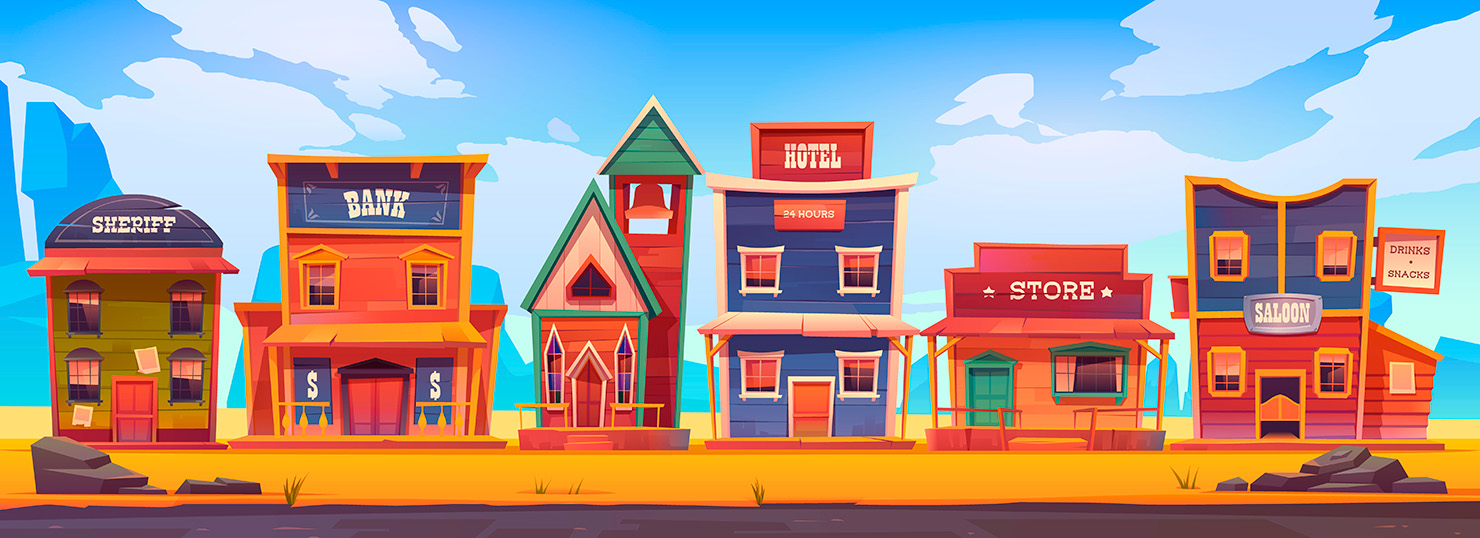Myth vs reality
The “Wild West” is a term that conjures up images of cowboys, outlaws, gunfights, and saloons. Popular culture, especially through movies and television shows, has romanticized this period of American history, making it seem like a lawless and chaotic time. However, the reality was often far more mundane and less dramatic than what is commonly portrayed.
While there were certainly instances of violence and lawlessness, many towns in the American West were relatively peaceful. Community members often took it upon themselves to establish order, and many of the so-called “wild” aspects were exaggerated or entirely fabricated. For example, the famous gunfight at the O.K. Corral lasted only about 30 seconds, but it has been dramatized in countless movies and books to seem like a pivotal moment of lawlessness in the West.
Economic drivers
The westward expansion was primarily driven by economic opportunities. The California Gold Rush of 1848 drew thousands of people westward, hoping to strike it rich. Similarly, the construction of the Transcontinental Railroad provided jobs and made it easier for people to move west. Ranching and farming also became profitable enterprises.
However, this economic boom often came at a significant human cost. Native American populations were displaced and often subjected to violence. Chinese laborers, who played a significant role in building the Transcontinental Railroad, faced extreme prejudice and poor working conditions. The economic drivers of the Wild West were thus a double-edged sword, bringing both opportunity and exploitation.
Role of women
Women in the Wild West were not just passive bystanders or damsels in distress as often portrayed in popular culture. Many were entrepreneurs, ranchers, and even outlaws. Women like Calamity Jane and Annie Oakley have become legendary figures, breaking the mold of what was considered “appropriate” for women at the time.
In addition to these famous figures, many women were responsible for running households, businesses, and farms. They played a crucial role in the development of western communities, often taking on multiple roles to ensure the survival and success of their families.
Law and order
Contrary to the popular image of the Wild West as a lawless frontier, many towns had established systems of law and order. Sheriffs, marshals, and local posses were common, and many communities had formal legal systems complete with judges and lawyers. Vigilante justice did occur but was not the norm.
Moreover, many of the famous outlaws of the Wild West, like Jesse James and Billy the Kid, were not the Robin Hood figures they’re often made out to be. They were criminals who were eventually brought to justice, further dispelling the myth of a lawless West.
List of common misconceptions
- Everyone carried a gun: While firearms were more common, not everyone walked around armed.
- Quick-draw duels were common: These were actually quite rare and often illegal.
- Cowboys were white: Many cowboys were actually African American, Mexican, or Native American.
- Indians were savages: This stereotype ignores the rich cultures and civilizations of Native Americans.
- The West was entirely wild: Many areas had established communities with schools, churches, and businesses.
Native American perspective
The expansion into the West had a devastating impact on Native American communities. Forced relocations, known as the Trail of Tears, led to the deaths of thousands. Battles like the Wounded Knee Massacre further highlight the violence inflicted upon Native Americans.
The Wild West era is often told from a Euro-American perspective, which tends to marginalize the experiences of Native Americans. Their lands were taken, their cultures were appropriated or destroyed, and they were often portrayed as savages or obstacles to “progress,” a narrative that has only recently begun to be corrected.
Environmental impact
The westward expansion had a significant environmental impact. Overhunting led to the near-extinction of species like the American bison. Deforestation and mining activities also had long-lasting ecological consequences.
The exploitation of natural resources was often done without any thought to sustainability or environmental preservation. This has left a lasting impact on the landscapes of the American West, some of which are still being dealt with today.
Legacy and cultural impact
The Wild West has left an indelible mark on American culture. The cowboy has become an iconic symbol of American individualism and freedom. However, it’s essential to separate the myth from the reality and acknowledge both the positive and negative aspects of this period.
Understanding the true history of the Wild West allows for a more nuanced appreciation of this era. It was a time of both opportunity and exploitation, of community building and destruction, and its legacy is still felt in various ways today.

